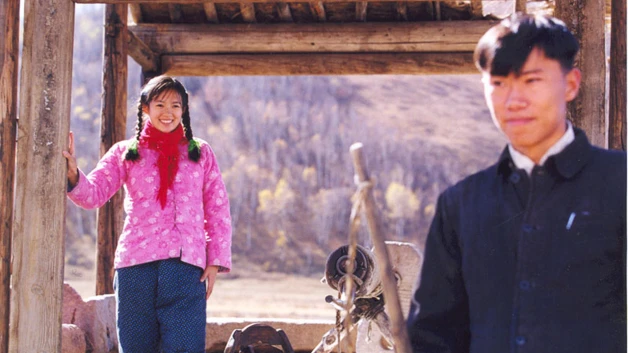WARNING: SPOILERS
Bacurau is one fun genre film with a bunch of memorable cult action film characters on the level of Arnold Schwarzenegger in Predator or Song Kang-ho in Snowpiercer. Problem is, it builds up the cult vibe a bit too high, which leaves the ending doomed to underwhelm.
However, that’s not to say you shouldn’t watch this film. On the contrary, you should. It’s still exciting. Plus it presents a positive message (in a High Noon esque conflict with a lot of violence that I cannot advocate) of a diverse community in rural Brazil that comes together to stand up to attacks from local politicians and foreign interests. It’s an obvious allegory to a Brazil that has become increasingly polarized due to the rise of the Brazilian far right, led by President Jair Bolsonaro. It is interesting to see that this adaptation of The Most Dangerous Game arrived in the U.S. the same weekend as The Hunt, a U.S. adaptation of the same book, considering both countries are led by right-wing leaders.
Bacurau is the name of the fictional isolated town in the heart of Brazil where the film takes place. The town is a Brazilian copy of the towns you’d expect to see in an American western. It’s surrounded by dusty land and sparse vegetation, with only one road leading into the town. The same road all the town’s buildings are built on. The residents also represent a diverse range of backgrounds, like you’d expect to see on the American frontier (see First Cow), with black, white, and brown people, young and old, from a variety of professions. It’s almost a utopian community of the future, where everyone gets along and respects each other, or maybe it just feels utopian because communities like this are disappearing.
They’re rightly suspicious of and prepared for anything that tries to break their community. A couple stationed a mile outside of their town uses walkie-talkies to inform the DJ in town of any visitors, who then uses his speakers to pass their warnings onto everyone in town. Their lines of communication allow them to avoid interacting with the lying local politician and prepare themselves from the attacks of foreigners. They can survive by embracing outcasts and standing together in the face of danger.
There are even a few clues that the community has done this before. The town’s museum is full of memorabilia from countless rebellions against the government. The town’s residents encourage outsiders to visit the museum to show off their pride in their independence, and also warn them of what might happen if they don’t receive respect. In one of the last scenes, the museum curator asks the clean up crew to leave the mark of a bloodied hand on the wall to serve as another mark of their resistance. Their respect for their local museum indicates a respect for their history. Knowing their past, allows them to be better prepared for the future. In this case, their experience defending their town from the government and foreigners in the past has made them more wary of the same people today. It’s a lesson for everyone living today: know your history or fall victim to a cycle of racism and division that has been reborn in the rise of the prejudiced right-wing governments of the world.
If you liked Bacurau, director Kleber Mendonça Filho and co-director Juliano Dornelles handpicked an assortment of films that map the rich cinematic universe to which their inventive creation belong for the Lincoln Center in New York. Whilst the film series had to be cancelled due to Coronavirus, many of the films listed are available for streaming. Check out their program here or the link below, featuring works by John Carpenter, Sergio Corbucci, Eduardo Coutinho, and more.






You must be logged in to post a comment.